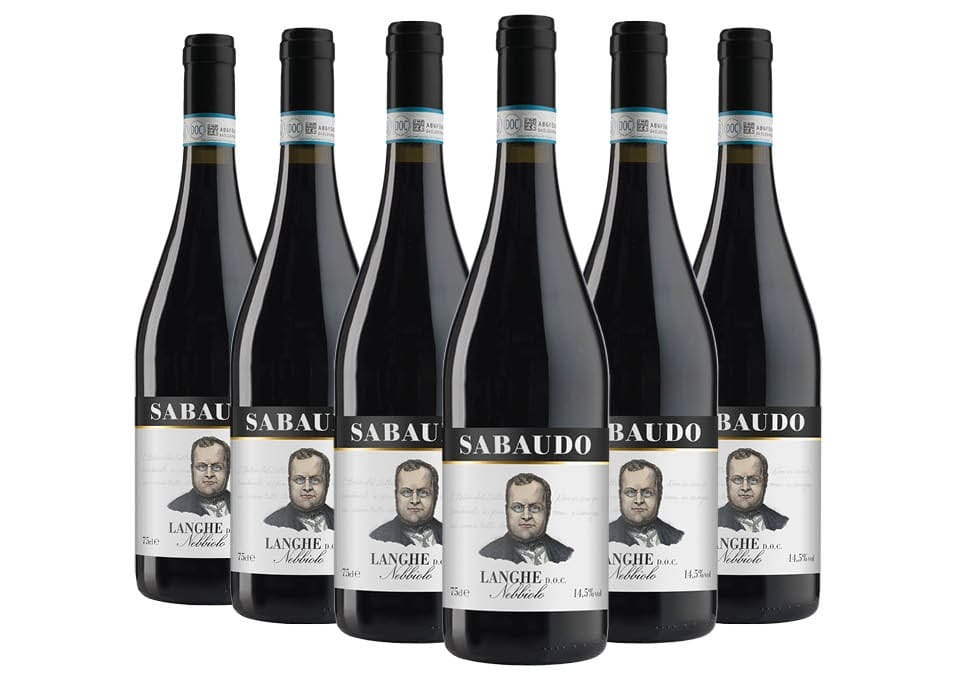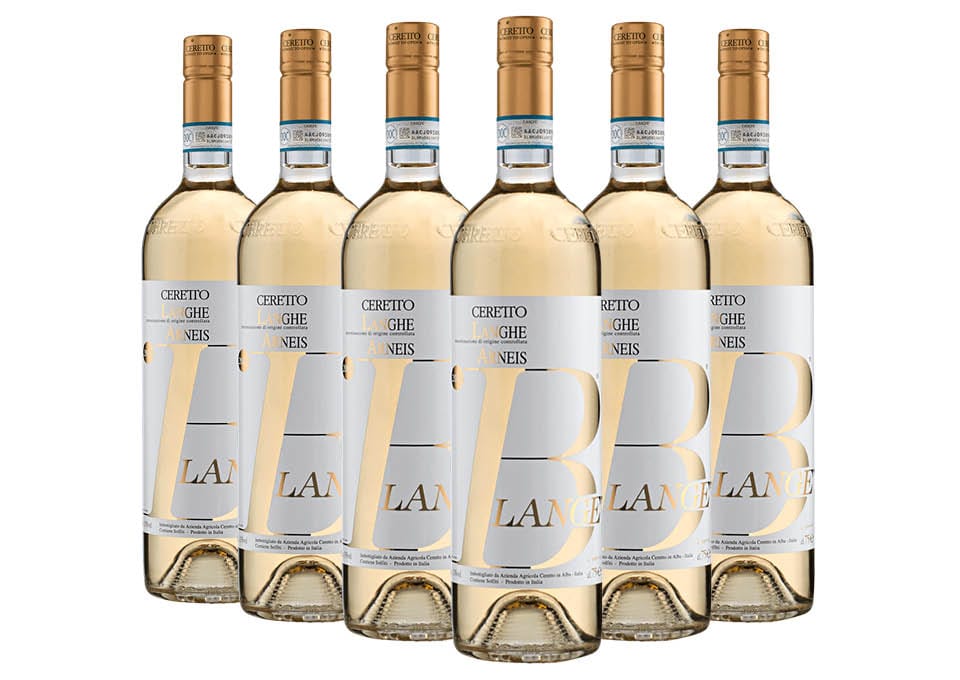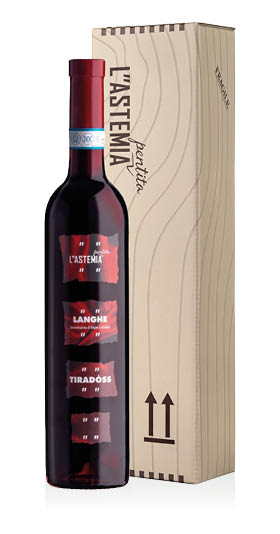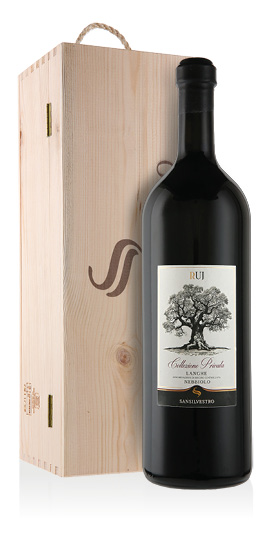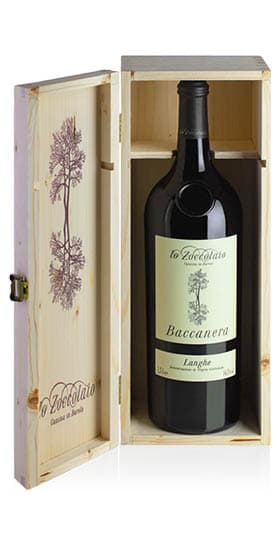Langhe
The Langhe, "land of wines, perfumes ... and novels" is masterfully described by the pen of the writer Beppe Fenoglio. It is a historical region of Piedmont comprising a vast territory of extraordinary beauty bordered by the Tanaro, Belbo, Bormida di Millesimo and Bormida di Spigno rivers, consisting of a succession of vineyards, hills, woods and a stone's throw from small ancient villages, which extends in many municipalities in the provinces of Cuneo and Asti. The Wine Landscapes offered by the Langhe-Roero hills became together with those of Monferrato a UNESCO World Heritage Site in 2014. It is impossible to visit the Langhe without stopping to admire examples of medieval architecture that dot the area such as the historic center of Alba or the Grinzane Cavour Castle, one of the most fascinating in the whole of Italy. The name derives from the local dialect, indicating the plural of a low and long hill.
The Langhe territory can be broken down into:
-
Bassa Langa, so called not for reasons of altitude, although it never exceeds 500 meters. It is the typical area of raw Albese meat and typical Piedmontese dishes based on butter and sage, wines and white truffles, for which a specially dedicated fair is held every year.
Alta Langa, an area on the border with Liguria, known for its woods and the hazelnut cake produced with the precious "tonda gentile delle Langhe" variety
Within its borders are some of the most famous DOCG wines in Italy, including Barolo, Barbaresco, Asti and Dogliani. Wines that do not comply with such stringent production criteria are welcomed in the Langhe DOC in which greater experimentation with varieties and enological techniques is granted. An emblematic case is that of the Langhe Chardonnay and other high quality wines, many of which are comparable to the prestigious Tuscan Super Tuscans.
The Production Regulations provides for different types: white, red, rosé, white and passito red. It is also possible to indicate the grape on the label for the varieties: arneis, chardonnay, favorita, riesling, nascetta, rossese bianco, sauvignon, nebbiolo, dolcetto, freisa, cabernet sauvignon, pinot noir, merlot, as long as the minimum percentage of the grape is used for the production of this wine is at least 85%.


